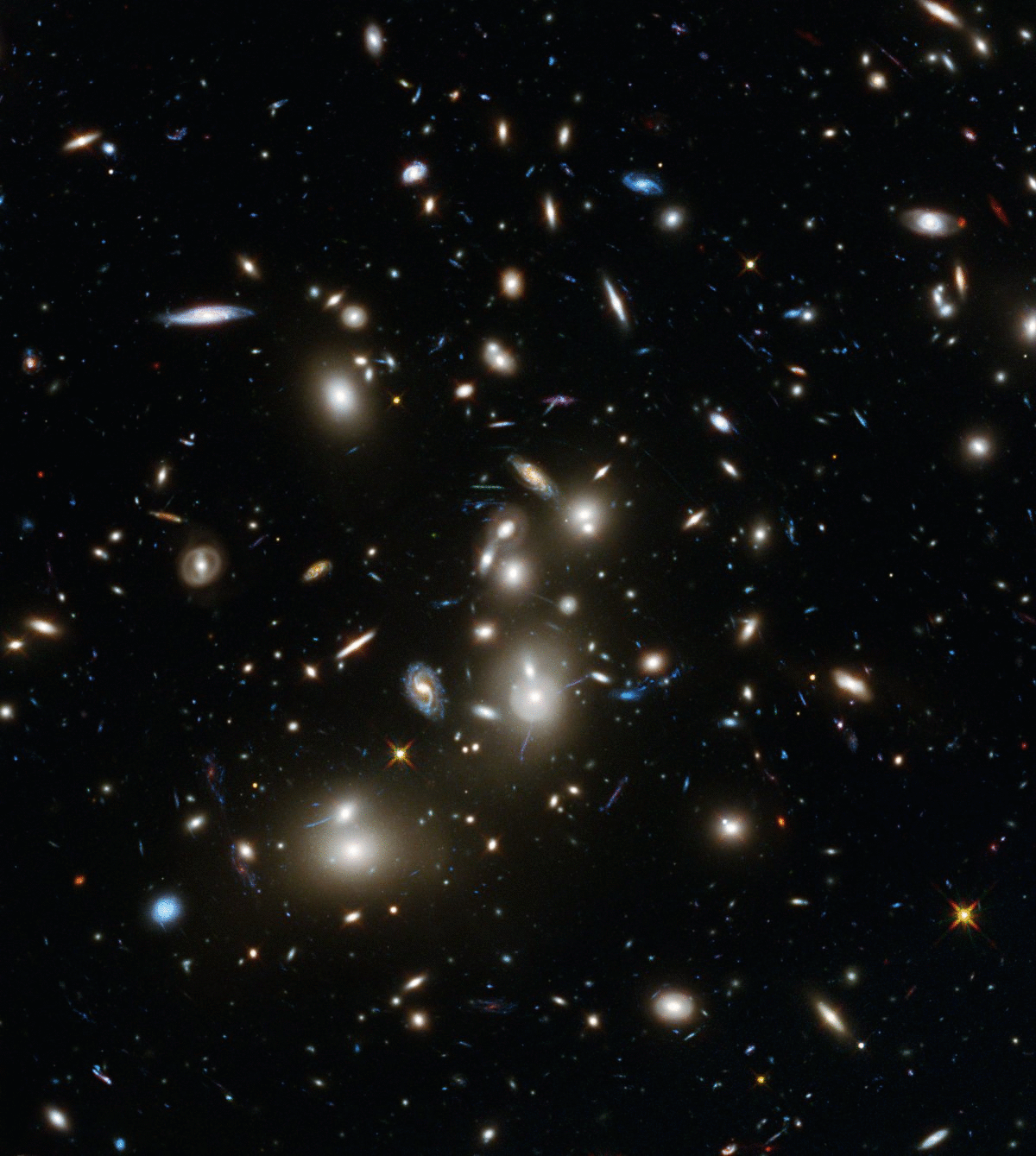
Cosmotheology
A cosmotheology is a universally applicable meta-religion that transcends life form and location. A cosmotheology must be based on commonality of abstracted experience because the aim of nature is independent of particular life forms and their circumstances. All life forms would agree on the details of the structural constituents of the universe—the existence of the different elements, the phenomenon of electromagnetic radiation, the nuclear mechanisms of stars, etc. And all life forms would agree that consciousness possesses magnitude and sexual polarization.
On the earth, after resistance to the reality of evolution subsides, another bigger worldview hurdle will remain: adaptation to the reality of the biological universe where human beings are not "divinely" special when compared to other life forms. All life forms have the same ultimate aim, which is nature’s aim. Some are more or less advanced (evolutionary-wise) than others. The biological-universe implies the truth of cosmotheology, but so far on earth the emerging reality of the universality of life has resulted in little change of doctrine to any of the world's existing religions.
The non-universality of the major extant religions places them at odds with each other and with the aims of nature. As nature has repeatedly demonstrated with evolution, the sub-optimal, inflexible, and un-adaptable do not persist and, accordingly, the fate of the anthropocentric religions will be to fade away. In the end, the older belief systems must be shed because they cannot survive collisions with the increasingly available and advanced scientific truth.
The cosmotheology introduced herein requires a multiverse cosmology because advanced consciousness must always be present in the multiverse for continuous sustenance of the existential purpose. A given universe may have exhausted its potential for hosting life or be too young and dangerous for life; therefore, many universes in different lifecycle phases must exist within the multiverse in order to 'cover' the God's existential need.
REP asserts the existence of a highest natural purpose that requires advanced life-hosted consciousness to continuously exist in an absolute sense. In other words, from the context of an absolute state that transcends physical reality life-hosted consciousness must exist within one or more universes. Two circumstances require a multiverse, one which is known to exist and other which is suspected:
1. If, when a universe is emanated, its architectural details arise randomly from a superset of possibilities, and not all possibilities will allow life to emerge, then multiverse-simultaneous universes will be required to guarantee the existence of life and consciousness.
2. Since universes have finite life spans, there will be universe life-cycle dead zones during which life cannot exist. If multiverse-wide nature requires a continuous stream of advanced consciousness, many life hosting universes with asynchronous life-cycles will be required to provide the necessary 'coverage.'
Many cosmologists believe in the reality of a multiverse for another reason—simplicity. It is easier to understand the existence of a multiverse than a single universe because the origin of an entire collection is often much simpler to understand than the origin of one of its members. The algorithmic information content of an entity subject to modeling is, roughly speaking, the length of the shortest computer program that will produce it as an output. For example, consider the set of integers. Which is simpler to algorithmically specify, the whole set or just one number? Naively, one might think that generating a single number is simpler. But, the entire set can be generated by a trivial computer program, whereas an algorithm to select a single number from the set can be much more complex (e.g., the 17,000th prime number). Similarly, the Einstein field equations are simpler to generate than one of their specific solutions. The former is described by a few equations, whereas the latter requires the specification of vast amounts of initial data on some spacetime hypersurface.

